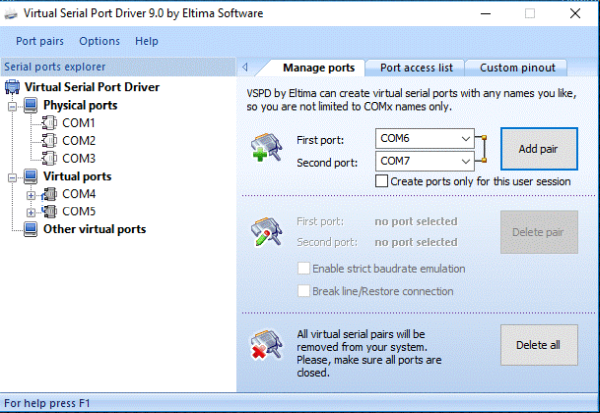
- #VIRTUALBOX GPU PASSTHROUGH HOW TO#
- #VIRTUALBOX GPU PASSTHROUGH DRIVER#
- #VIRTUALBOX GPU PASSTHROUGH FULL#
KVM, with its support for GPU passthrough, offers superior performance for graphics-intensive applications. While both KVM and VirtualBox provide robust virtualization capabilities, they differ significantly in their support for GPU passthrough. Please note, this is not the same as GPU passthrough and the performance might not be as good as when using KVM with GPU passthrough. To enable 3D acceleration in VirtualBox, navigate to the settings of the VM, select the Display tab, and check the “Enable 3D Acceleration” box. When you enable 3D acceleration, VirtualBox provides the VM with its own 3D graphics driver, allowing it to run graphics-intensive applications. However, it does provide a feature called “3D Acceleration”.

Unlike KVM, VirtualBox does not support GPU passthrough for Nvidia GPUs as it lacks the vfio-pci module.
#VIRTUALBOX GPU PASSTHROUGH FULL#
It is a general-purpose full virtualizer for x86 hardware, targeted at server, desktop, and embedded use. VirtualBox is a powerful x86 and AMD64/Intel64 virtualization product for enterprise and home use. This technology allows direct access to I/O devices in a virtualized environment. This command tells the vfio-pci module to take control of these devices at boot.īefore proceeding, ensure that VT-D (Intel Virtualization Technology for Directed I/O) is enabled in your system’s BIOS. In the above command, 10de:1b81,10de:10f0 are the IDs of the GPU and its audio function.
#VIRTUALBOX GPU PASSTHROUGH HOW TO#
Here is a basic example of how to bind a GPU to a VM in KVM: echo "options vfio-pci ids=10de:1b81,10de:10f0" > /etc/modprobe.d/nf This module “binds” the GPU to the VM, allowing it to directly control the hardware. KVM supports GPU passthrough, which can be set up using the vfio-pci module. It allows the host machine to run multiple, isolated virtual machines. KVM (Kernel-based Virtual Machine) is a full virtualization solution for Linux on x86 hardware containing virtualization extensions (Intel VT or AMD-V). This is particularly useful for running applications that require high graphical processing power, such as gaming, 3D rendering, and machine learning applications. If that's not possible, are there any available VM managers that support PCI-e Passthrough? Or will i just have to dual boot, which I've been avoiding because most people have said it's a pain.GPU passthrough refers to the process of allowing a virtual machine direct access to the graphics card on the host system.
#VIRTUALBOX GPU PASSTHROUGH DRIVER#
I've looked into all the nvidia driver stuff, and feel i can get that running once the GPU actually gets detected. Most people were saying that VirtualBox doesn't support PCI-e passthrough, but I found a couple of people saying that it could be done using the VirtualBox extensions package, I just have no clue how to get the VM to even recognize that there is a GPU present. I realized that my GPU wasn't being passed through to the VM either, so I looked into it. I thought it was because it was being given only 1 core, so i bumped it up to 6, but the problem still persisted. I got Ubuntu running on the VM and noticed it was running pretty slow.

The most popular way seemed to be VirtualBox. I don't really now much about programming or networking so most of what I did was from what I could find online.


I've been wanting to try out linux based OS's for quite a while so I decided to try and run a Virtual Machine using Ubuntu.


 0 kommentar(er)
0 kommentar(er)
